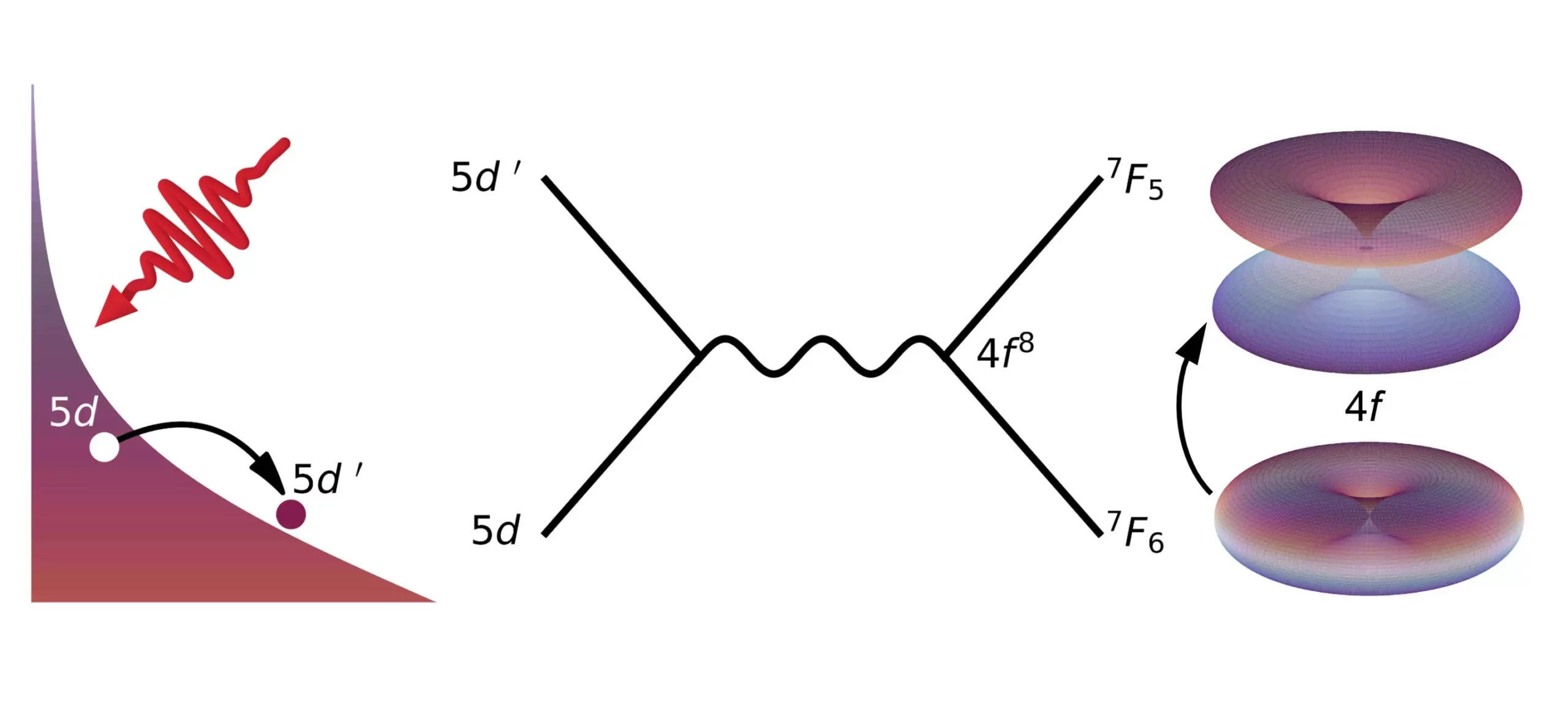Rare earth magnetic materials are known for their unique and strong magnetic properties, which are attributed to the behavior of 4f electrons in their structure. Traditionally, it was believed that these 4f electrons were extremely difficult to control. However, a recent breakthrough by a team of researchers from HZB, Freie Universität Berlin, and other institutions has demonstrated that laser pulses can indeed influence the behavior of 4f electrons, leading to a change in their magnetic properties.
Through experiments conducted at EuXFEL and FLASH, the researchers were able to show that the spatial arrangement of 4f electrons can be temporarily altered by laser excitation, resulting in a change in their magnetism. This discovery has significant implications for the field of data storage, as rare earth elements could potentially be utilized in new and innovative ways. The ability to control the magnetic properties of these materials opens up opportunities for the development of fast and energy-efficient information storage devices.
In their study, the team focused on terbium, a rare earth element with 8 electrons in 4f orbitals. By exciting a sample of terbium with an ultrashort laser pulse and analyzing it using X-ray spectroscopy, the researchers were able to observe the effects of laser excitation on the behavior of 4f electrons. The experiment revealed that 4f electrons briefly transitioned to a different orbital due to a scattering process with 5d electrons, resulting in a temporary change in their magnetic properties.
The controlled switching of magnetic properties in rare earth materials has the potential to revolutionize the field of data storage. While current storage devices like HAMR rely on heating magnetic structures with a laser pulse, the use of rare earth magnets could enable a much faster and more efficient electronic switching mechanism. This could lead to the development of next-generation information storage devices that are both faster and more energy-efficient than current technologies.
The advancements in accelerator-based X-ray sources have played a crucial role in enabling this groundbreaking research. These sources have the capability to generate ultrashort X-ray pulses, allowing researchers to observe and study elementary processes in magnetic materials on incredibly small time scales. The development of these X-ray sources has greatly expanded our understanding of ultrafast magnetic effects and opened up new avenues for exploration in the field.
The discovery of the influence of laser pulses on rare earth magnetic materials represents a major breakthrough in the field of materials science. By demonstrating the ability to control the magnetic properties of 4f electrons, researchers have unlocked the potential for new and innovative applications in data storage and beyond. This research highlights the importance of continued exploration and development in the field of ultrafast magnetic effects, paving the way for future advancements in materials science and technology.


Leave a Reply